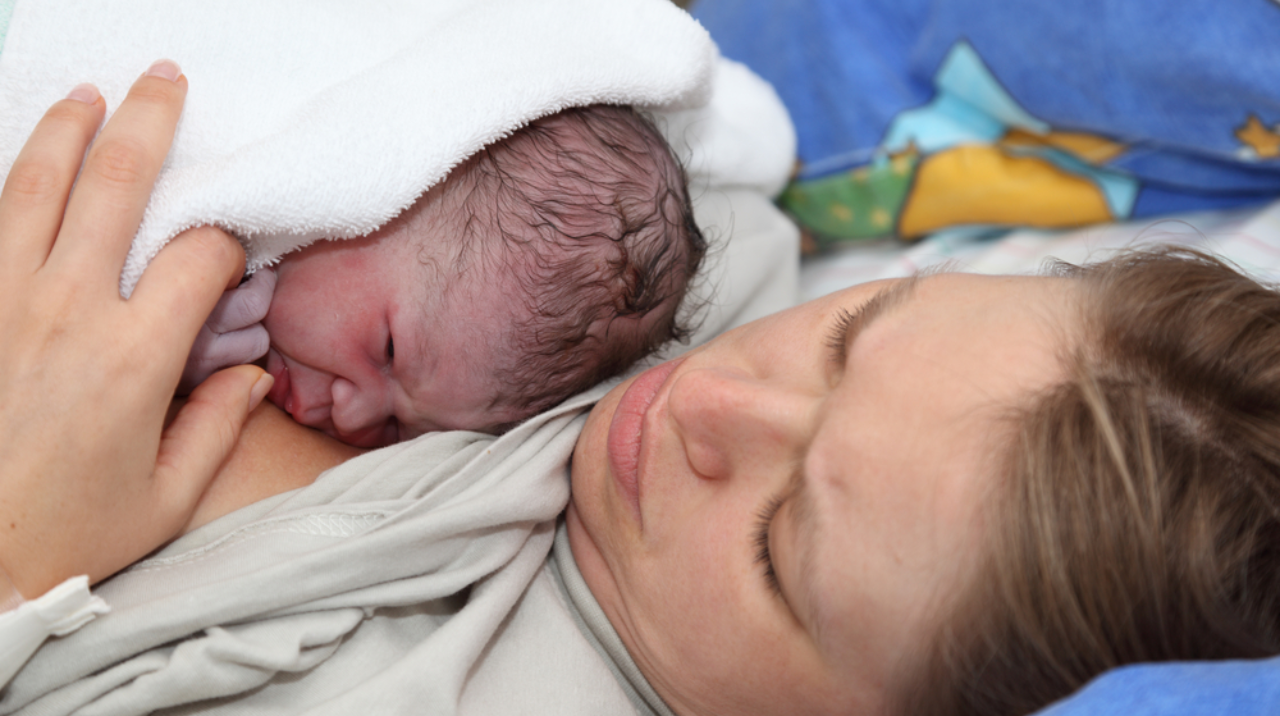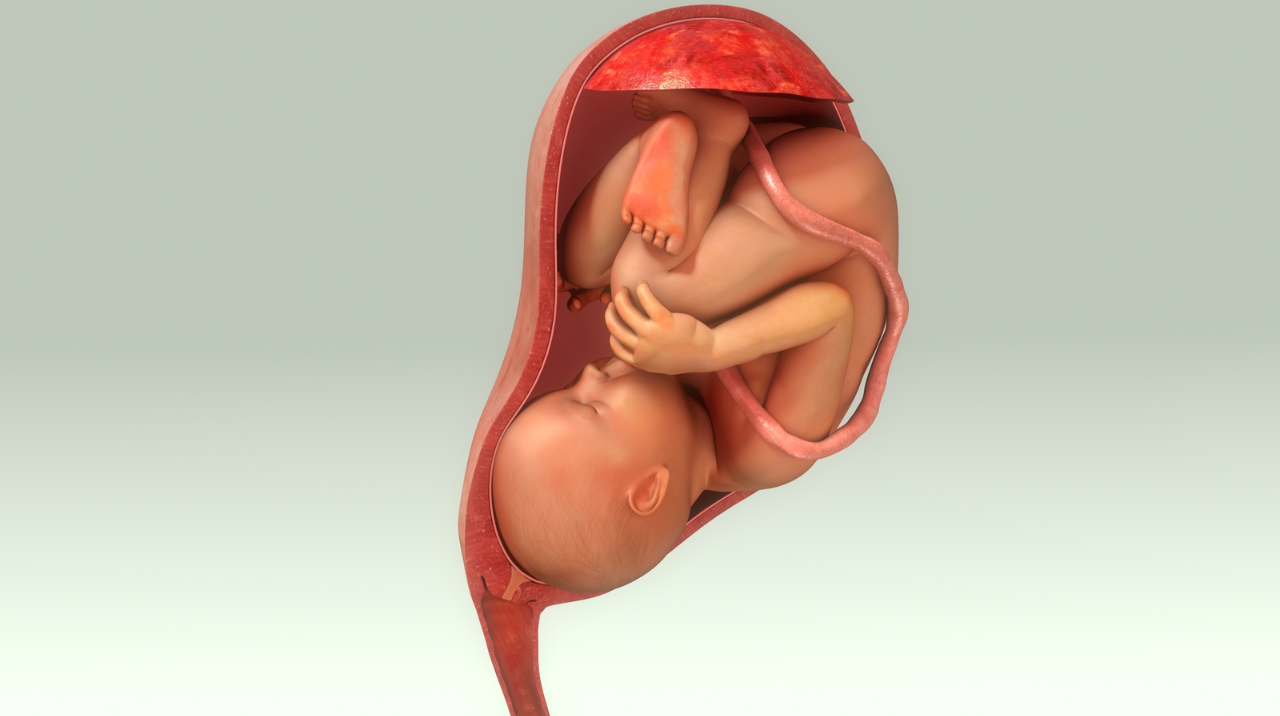Can a Baby Get Stuck in the Birth Canal?

Because of being too large for their mothers’ birth canals or being in the wrong position or presentation, babies can sometimes get stuck during the labor and delivery process. Doctors and other labor and delivery staff are supposed to monitor the babies and mothers throughout pregnancy and before and during labor to identify risks so that they can appropriately intervene.
Macrosomia, malposition, and malpresentation in the third trimester can be detected through monitoring in some cases, allowing doctors to try to correct an improperly positioned or presenting infant or to order a C-section to avoid problems. When a doctor fails to properly monitor mothers and babies, resulting in the infant being stuck in the birth canal and causing severe injuries to the mother and baby, the doctor might have committed medical malpractice. Here is some information to know from the attorneys at Raynes & Lawn.
Macrosomia
A baby is macrosomic when it is too large for safe vaginal delivery. In general, any baby who weighs nine pounds or more when it is time for birth is considered to be macrosomic and should be delivered by emergency c-section. Infants with fetal macrosomia can get stuck in the birth canal because they are too large to pass through their mother’s pelvic opening. If they become stuck, they can suffer oxygen deprivation and severe brain injuries.
Shoulder Dystocia
A baby who is in the wrong position or presentation at full-term can also have trouble moving through the mother’s birth canal. In some cases, an infant’s shoulder or shoulders can get stuck behind the pelvic bone of their mother. Some risk factors for shoulder dystocia include a large baby, a malpositioned or malpresented fetus, or an overly narrow pelvis. Shoulder dystocia is an emergency that can suddenly happen during delivery when the infant’s shoulders become stuck while the baby is entering the birth canal. Shoulder dystocia can result in the baby being stuck and deprived of oxygen, which can cause serious brain injuries or death if the situation is not quickly resolved.

Doctors must quickly dislodge stuck babies to prevent hypoxic brain injuries. In many cases, the response can be almost as risky as the dystocia. Doctors might use too much lateral force when pushing, pulling, and twisting the baby, which can cause physical injuries. Failing to act quickly can also result in oxygen deprivation, which can lead to cerebral palsy and brain injuries. Other injuries that babies can suffer include collar bone or skull fractures, brachial plexus injuries, and Erb’s palsy. Some babies might not be stuck in the birth canal, but their mother’s labor might not progress very quickly. This can result in the baby remaining in the birth canal for a longer period than it should.
Use of Assistive Birth Devices
Doctors sometimes use assistive birth devices to dislodge infants who are stuck in the birth canal or to pull them through. These devices include vacuum extractors and forceps. Both of these types of devices increase the risk of birth injuries but might be safer than leaving the baby in the birth canal for too long. Doctors who use assistive birth devices must be thoroughly trained and follow proper procedures to prevent injuries. When birth assistive devices are improperly used and too much force is applied, the baby can suffer skull fractures, brain injuries, and other serious injuries.
Birth Injuries Associated with Being Stuck in the Birth Canal
Birth injuries are associated with being stuck in the birth canal. These injuries can be caused by shoulder dystocia, a disruption in the flow of oxygen and blood to the brain, excessive force, improper use of assistive birth devices, and others.

Some of the types of injuries and complications that might result from being stuck in the birth canal include the following:
- Head injuries
- Skull fractures
- Birth asphyxia
- Traumatic brain injuries
- Cerebral palsy
- Nerve damage
- Brachial plexus injuries
- Neck and spinal cord injuries
- Shoulder dislocations
- Collarbone fractures
If your baby was born with a birth injury after going through a difficult delivery, having shoulder dystocia, or the use of assistive birth devices during delivery, their injuries might have been prevented by your doctor ordering a c-section or taking other measures to ensure their safety. When babies suffer injuries after being stuck in the birth canal because of the negligence of medical providers, their families might be entitled to pursue compensation. The compensation could pay for the children’s current and future medical care and rehabilitation costs together with other damages. The experienced Philadelphia birth injury attorneys at Raynes & Lawn might be able to help you file a claim.
Some of the steps an attorney might help you with include the following:
- Reviewing the medical records
- Working with medical experts to determine liability
- Assessing and documenting current and future losses
- Filing your claim within the statute of limitations
- Negotiating with the insurance company
- Litigating on your behalf throughout the court process
Talk to Our Philadelphia Birth Injury Attorneys
If you believe your child’s birth injuries might have been caused by the negligence of the doctor or labor and delivery staff, you should consult an attorney at Raynes & Lawn. Call us today for a free case evaluation at 1-800-535-1797.

For the general public: This Blog/Website is made available by the law firm publisher, Raynes & Lawn, for educational purposes. It provides general information and a general understanding of the law but does not provide specific legal advice. By using this site, commenting on posts, or sending inquiries through the site or contact email, you confirm that there is no attorney-client relationship between you and the Blog/Website publisher. The Blog/Website should not be used as a substitute for competent legal advice from a licensed attorney in your jurisdiction.
For attorneys: This Blog/Website is informational in nature and is not a substitute for legal research or a consultation on specific matters pertaining to your clients. Due to the dynamic nature of legal doctrines, what might be accurate one day may be inaccurate the next. As such, the contents of this blog must not be relied upon as a basis for arguments to a court or for your advice to clients without, again, further research or a consultation with our professionals.
